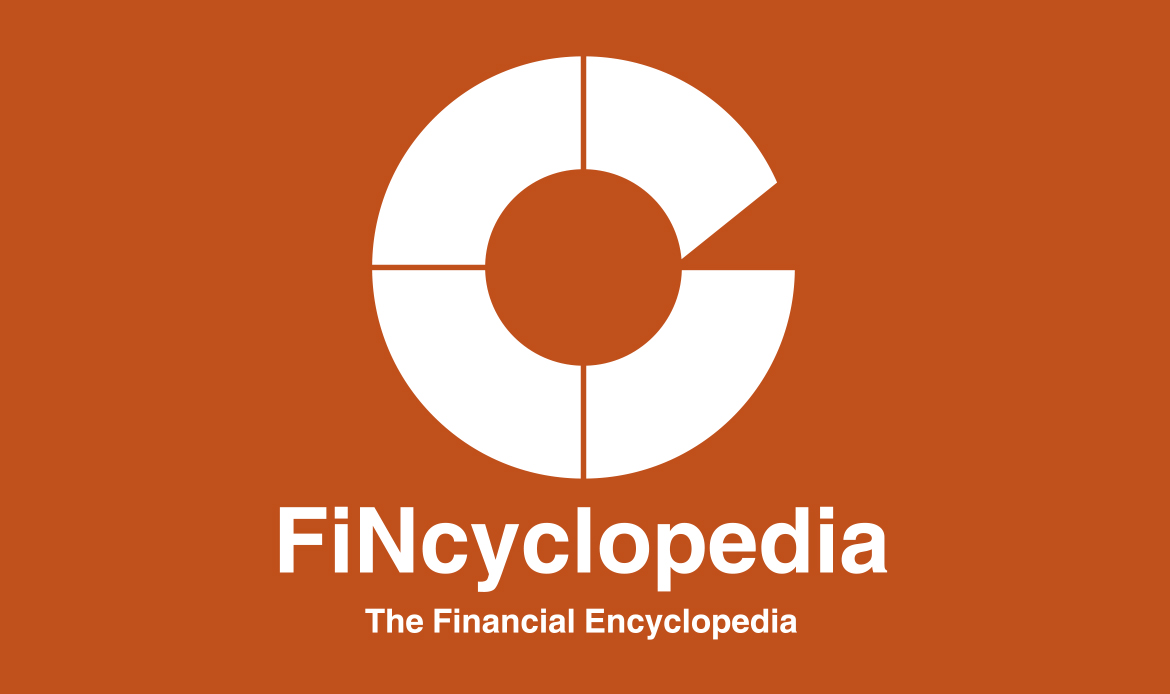An accreting swap in which the notional principal increases as the benchmark interest rate index moves down. This swap is typically made up of a standard swap and a set of embedded interest rate options. It entails the receipt of a fixed rate, normally lower than that in a vanilla swap, against the payment of a floating rate. In other words, the buyer is said to be purchasing options to enter into swaps in higher principal amounts as interest rates fall.
Index accreting swaps generally initiate at a lower rate than a standard swap in order to pay for the embedded options. As rates decline, these options layer in additional swaps with higher (accreting) principal amounts. A hedging counterparty would receive a fixed rate on the index accreting swap in a fashion similar to purchasing an interest rate floor. For example, a bank would enter into such a swap to hedge a mortgage portfolio, whereby it receives the fixed rate and pays the floating rate. If the interest rate index moves down, triggering repayment of mortgages, the reduced principal will be offset by an increase in the notional principal on the swap.



